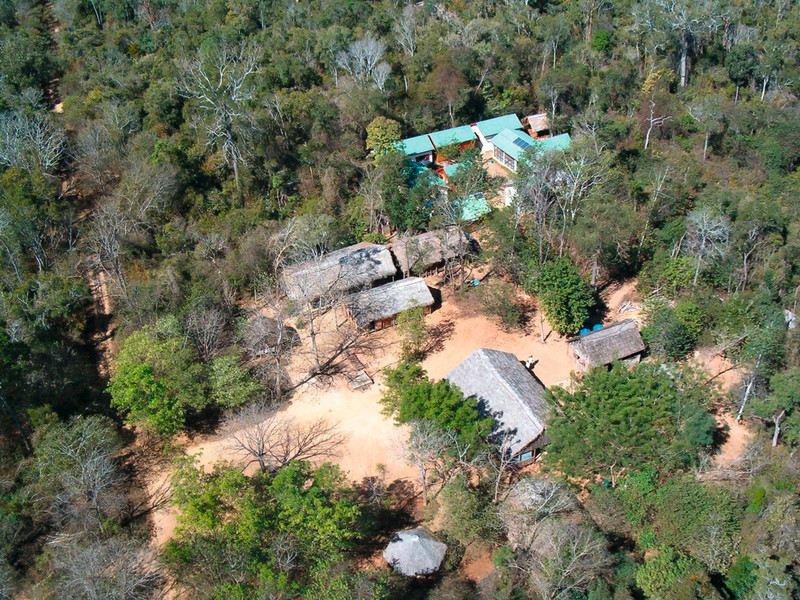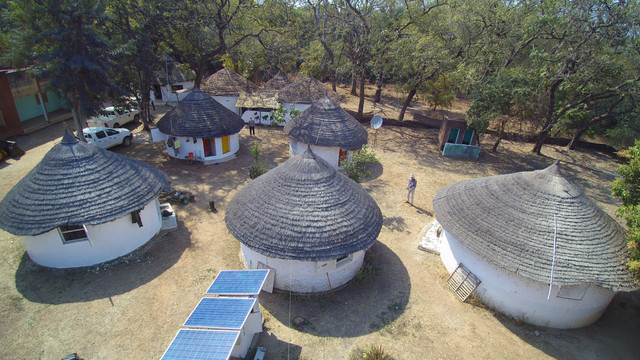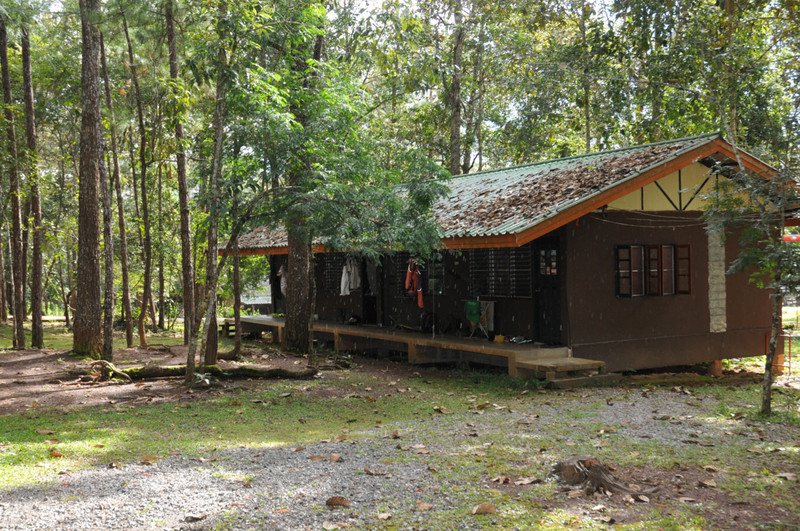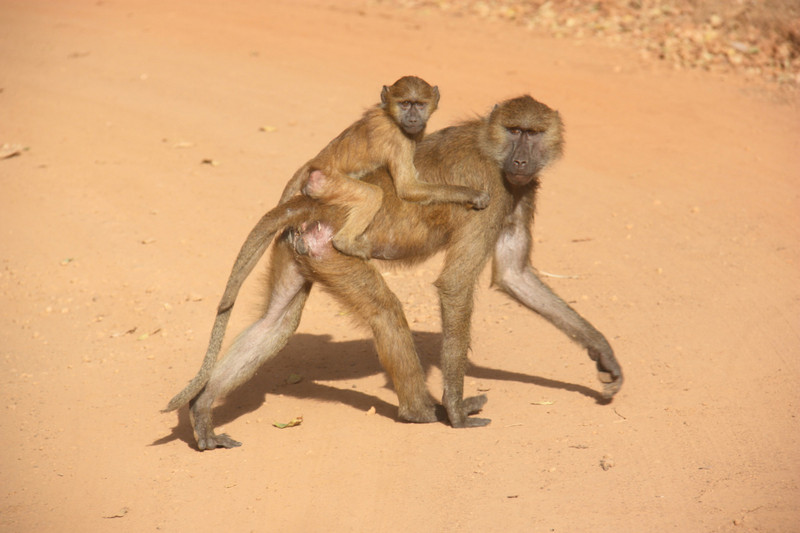Money well spent on field research

A recent study, which included data from 157 field stations in 56 countries, is the first to systematically demonstrate the value and efficiency of field stations: Not only do they make a significant contribution to biodiversity conservation by reducing deforestation rates and hunting activities, they also play a crucial role as employers and training centers. Unfortunately, more than half of the field stations complain about cuts in their financial support, in some cases due to considerable shifts in research funding. The recently published study impressively demonstrates that these cuts are highly uneconomical (Conservation Letters).
In the recently published study, the operators of 157 field stations worldwide where primate research takes place were surveyed. 80 percent of those surveyed reported an increase in the quality of habitats and reduced hunting activities in the vicinity of the stations, and almost 70 percent also reported an increase in controls by the authorities with regard to poaching and other illegal activities. Satellite images document that the loss of forest area within a radius of five kilometers around the field stations between 2000 and 2020 was significantly lower than in comparable forest areas. According to the Red List of Threatened Species (IUCN), the areas around the field stations are home to 1,045 terrestrial vertebrates that are considered threatened. At the same time, it was shown that the operating costs per square meter of area at a field station are significantly lower than the costs incurred in protected areas. "In our study, we were able to systematically demonstrate the importance of field stations for biodiversity and their good cost-benefit ratio for the first time," says Julia Fischer, scientist at the German Primate Center and head of the Simenti research station in Senegal, where she and her team have been researching Guinea baboons for almost twenty years.
Effects of the COVID-19 pandemic
From March 2020 to June 2022, almost half of all field stations were completely or partially closed. "It is only thanks to the local field assistants and station managers that research was able to take place at all during this time," says Julia Fischer. Half of the stations stated that they now have less or much less funding available than before the pandemic, with only 9% reporting an increase in funding.
Importance of long-term data
Most of the field stations surveyed are still in operation, on average for 22 years. "Only data over long periods of time can provide information on the effects of climate change and biodiversity loss and are therefore the basis for effective conservation measures," says Peter Kappeler, Head of the Behavioral Ecology and Sociobiology Unit at the German Primate Center and the Kirindy Field Station in Madagascar, which has been in operation since 1993.
Training, nature and species conservation
93 percent of the stations employ local people and thus support the local economy, while at the same time providing important scientific results that feed into conservation policy. "From a conservation perspective, investments in field stations pay off in several ways: they promote the conservation of biodiversity, enable scientific research and contribute to the education and economic development of the local population," says Julia Ostner, head of a research station in Thailand, where the behavior of Assamese macaques has been studied since 2005.
Field research at the German Primate Center
The German Primate Center - Leibniz Institute for Primate Research operates five field stations in Peru, Senegal, Guinea, Madagascar and Thailand, where the behavior and ecology of various primate species are studied. The oldest station has been in operation for over 30 years, the youngest for just under two years. All stations are integrated into the local communities, employ local field assistants and station managers and train students - also in the home countries of the respective stations. The researchers are also involved in local nature conservation projects and public relations work to draw attention to the loss of biodiversity and the associated consequences. The DPZ stations were also affected by the COVID-19 pandemic, but valuable long-term data series could be maintained, primarily thanks to the efforts of local employees.
Original pulication
Timothy M. Eppley et al. (2024): Tropical field stations yield high conservation return on investment. Conservation Letters. https://doi.org/10.1111/conl.13007



